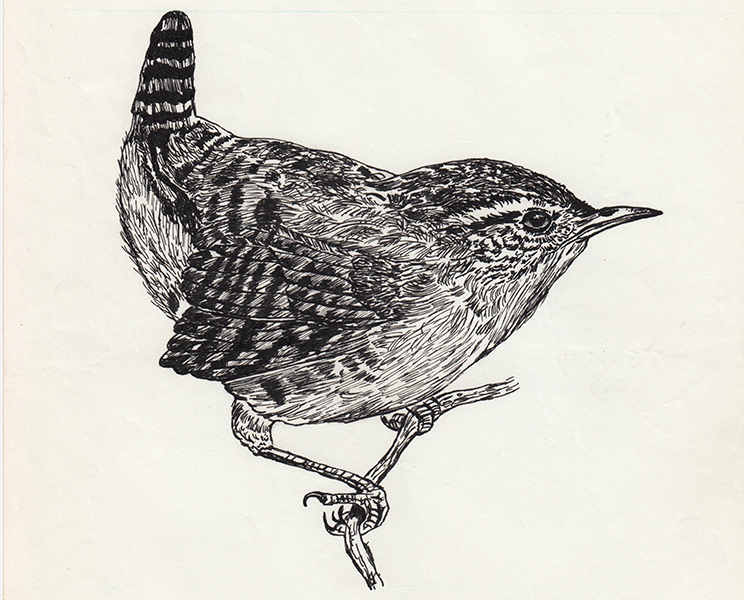The Compound changes all the time - from season to season and depending on what projects are going on. One day it might be full of duck houses waiting to be floated on the surrounding ponds and docks. The next day they are gone. In Spring bird song is at its height, especially shortly before dawn and dusk. The chorus combines songs of resident birds, such as blackbirds, which have probably been born at Stave Hill and stay here all year round; and songs of migrants, like the blackcap, which are arriving from Africa and Southern Europe. A few will stay to nest; others will stay briefly, feeding and singing, before heading North as the days are getting longer. These songs include samples of the songs of other birds they have heard on migration.
The birds depend on the habitats - thickets, grassland and reedbeds - which have been created on this site over a 30 year period, starting with bare rubble that was used to fill in the docks.
TWO SMALL GREENISH WARBLERS
Willow Warbler

A simple, unbroken run of from one to two dozen limpid notes, with increasing emphasis during the early part, but often dying away into a very faint ending.

Chiffchaff

Characteristic pair of notes: "zip, zap, zip, zap" repeated in a prolonged chant, from which he takes his English name.
>> Leave the compound and turn right. Take the path that leads straight with fenced woodland on your left.
iafss_gardener_and_lladder.jpg)
Wren

Song: a loud, bright lyric, the fine, clear, high-pitched notes and trills issuing in a continuous rapid stream. (W. H. Hudson, 1921, p. 103)

 >> Take a path that leads up to the right through trees. You arrive at a small meadow.
>> Take a path that leads up to the right through trees. You arrive at a small meadow.
Outside the SHED, 5 April 2016.
Pinhole: Ky Lewis
Wren Troglodytes troglodytes scale 1:1 ink on paper, anonymous from the archive of Stave Hill Ecological Park / Trust for Urban Ecology, archive.org